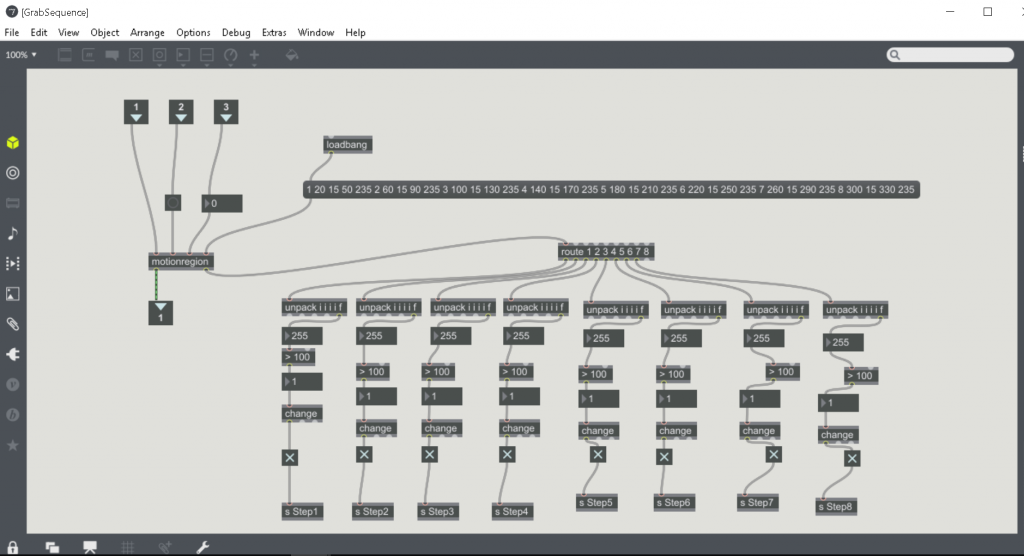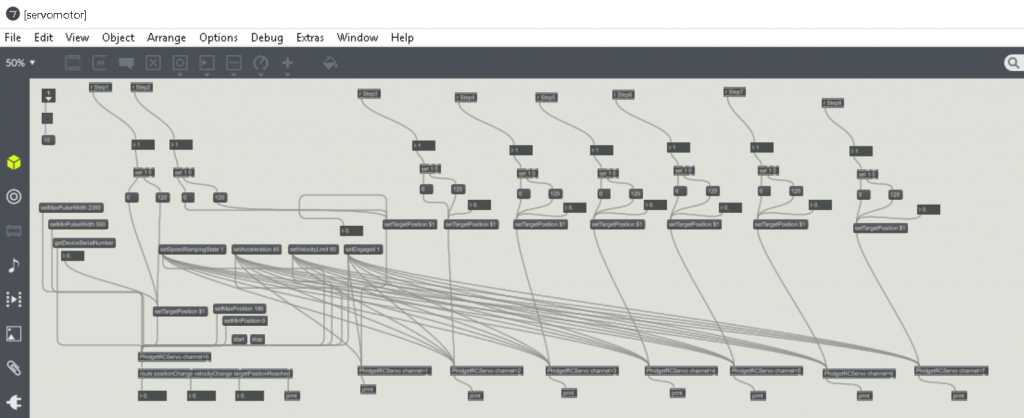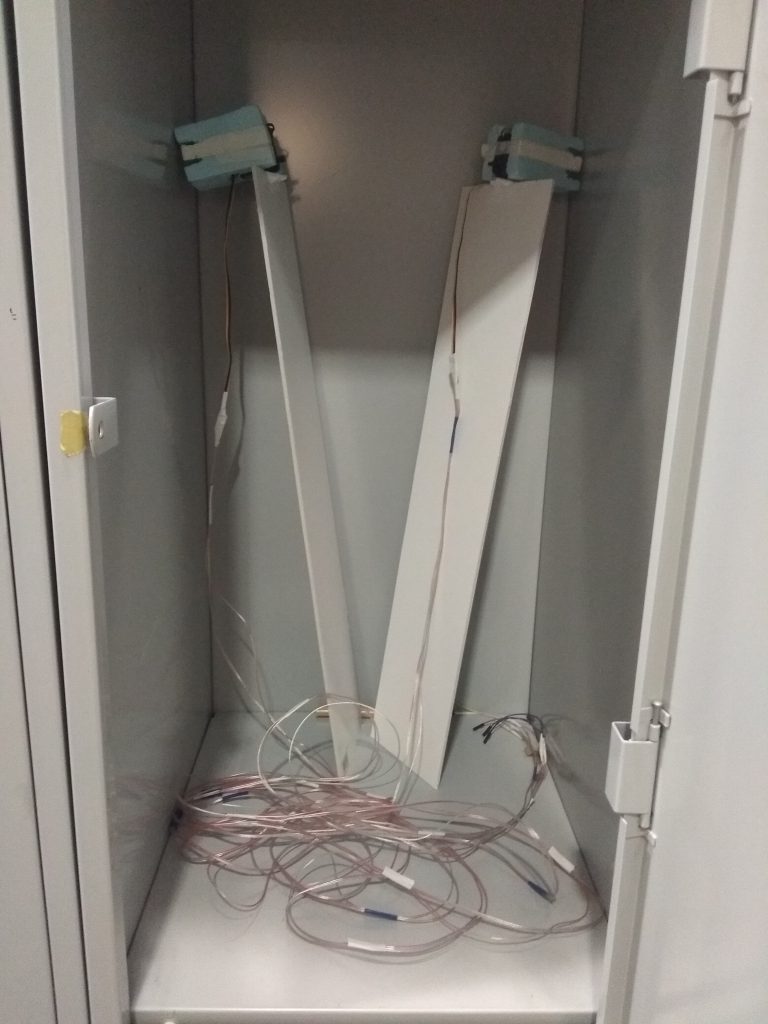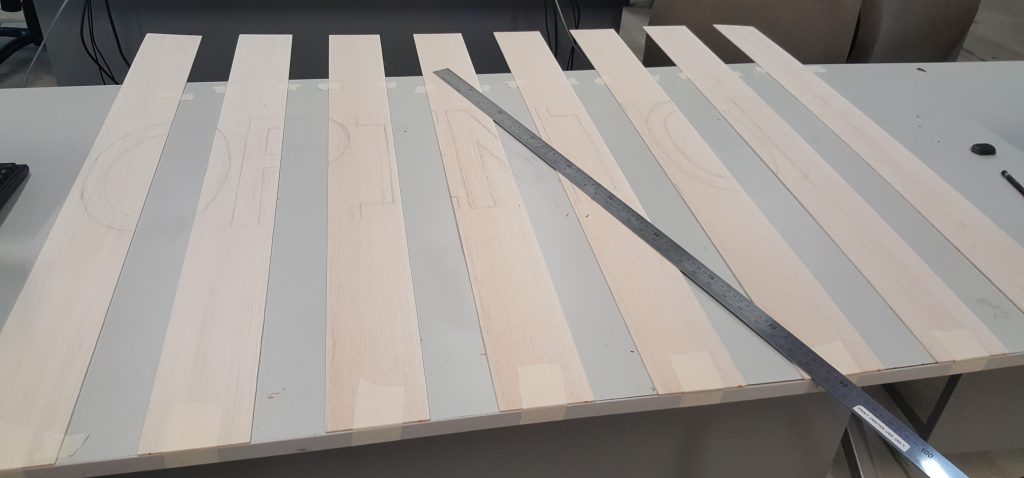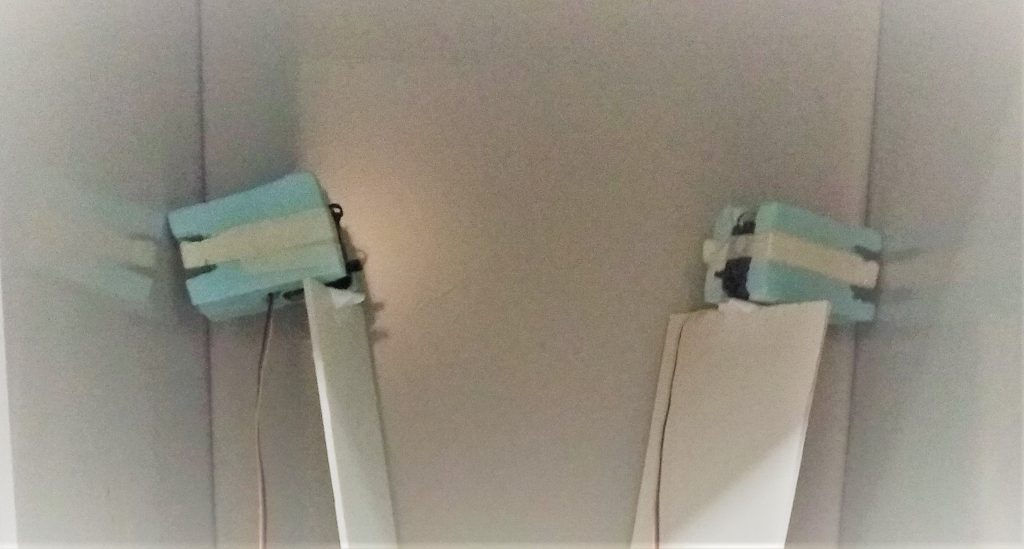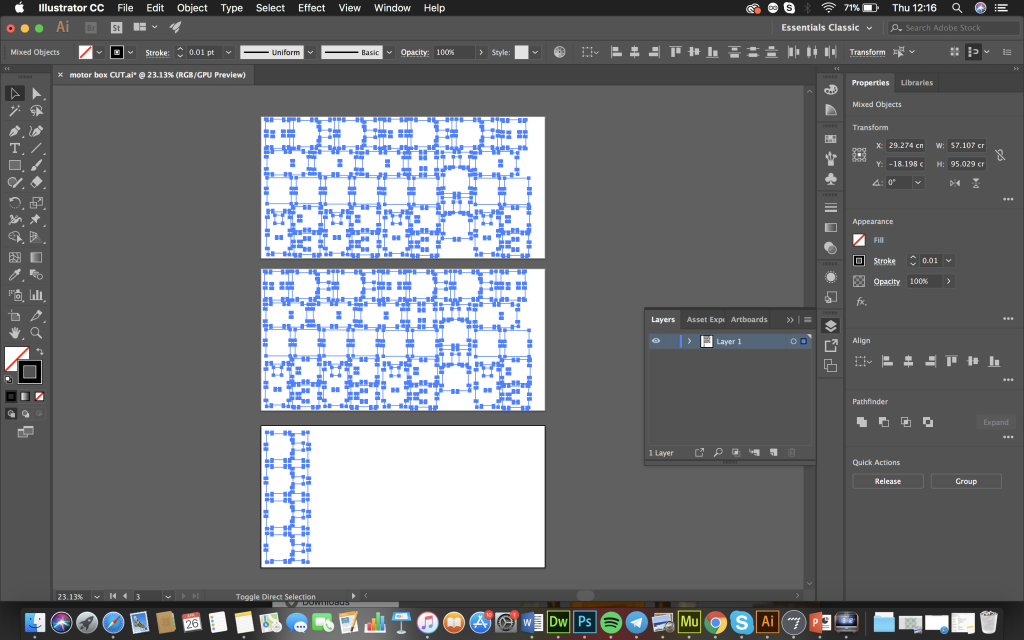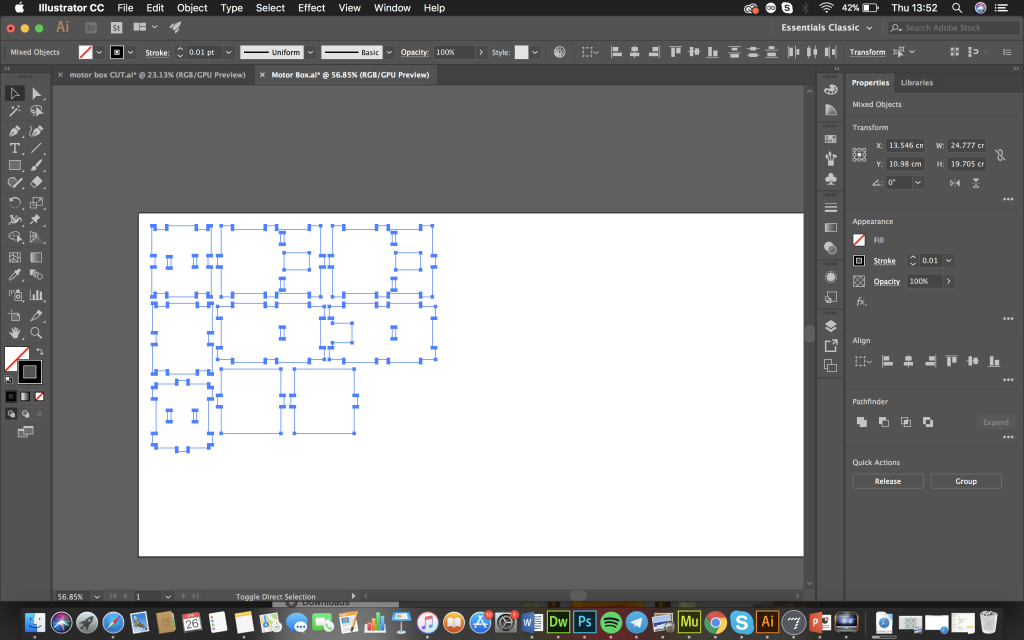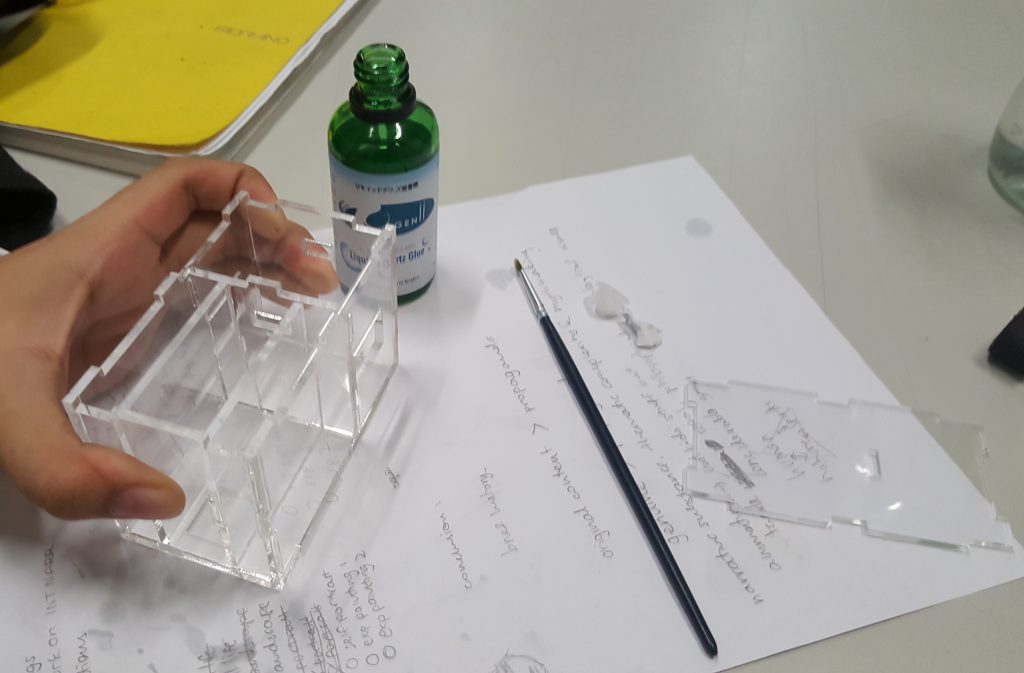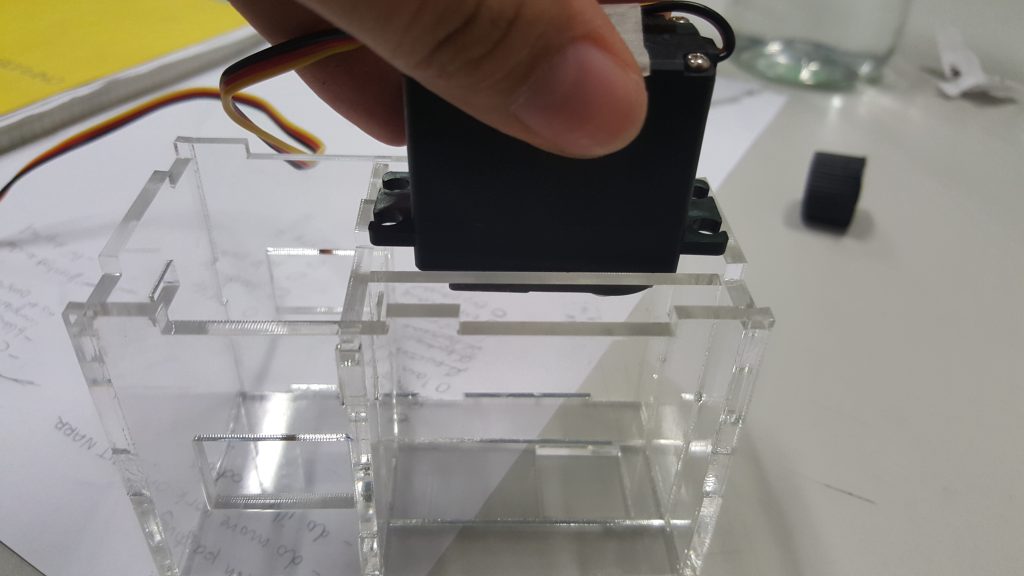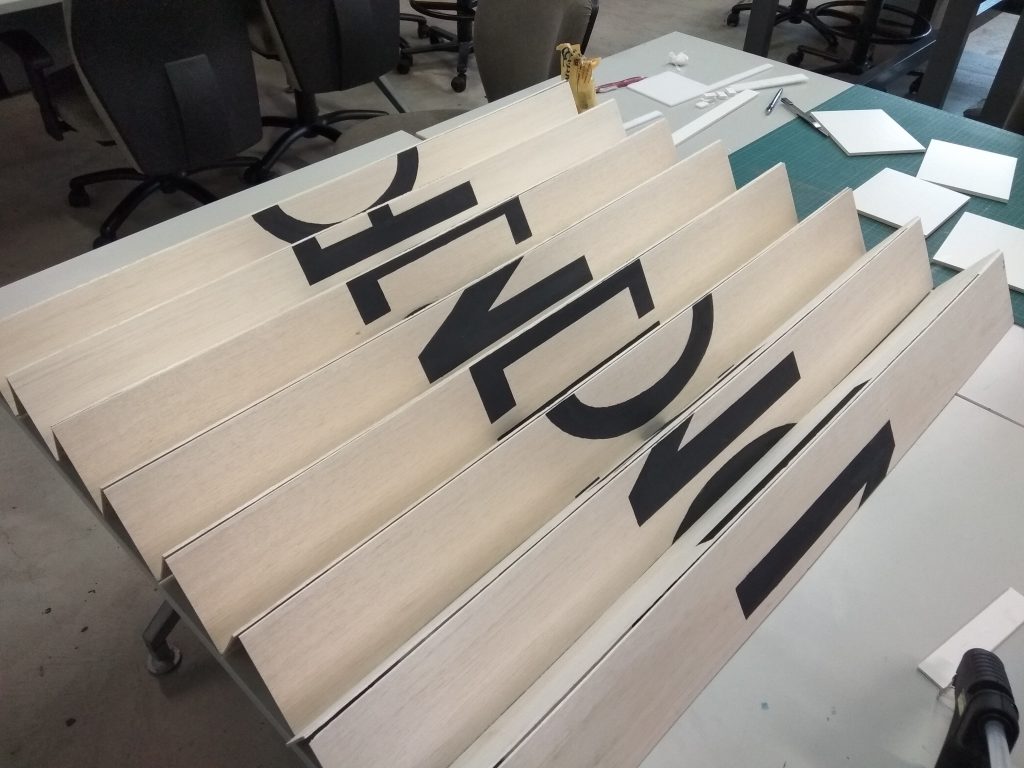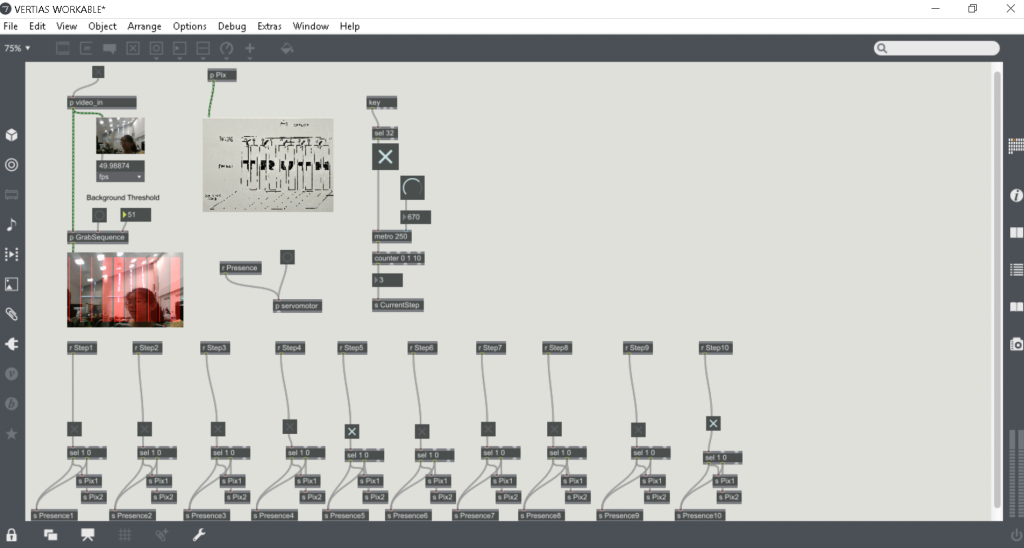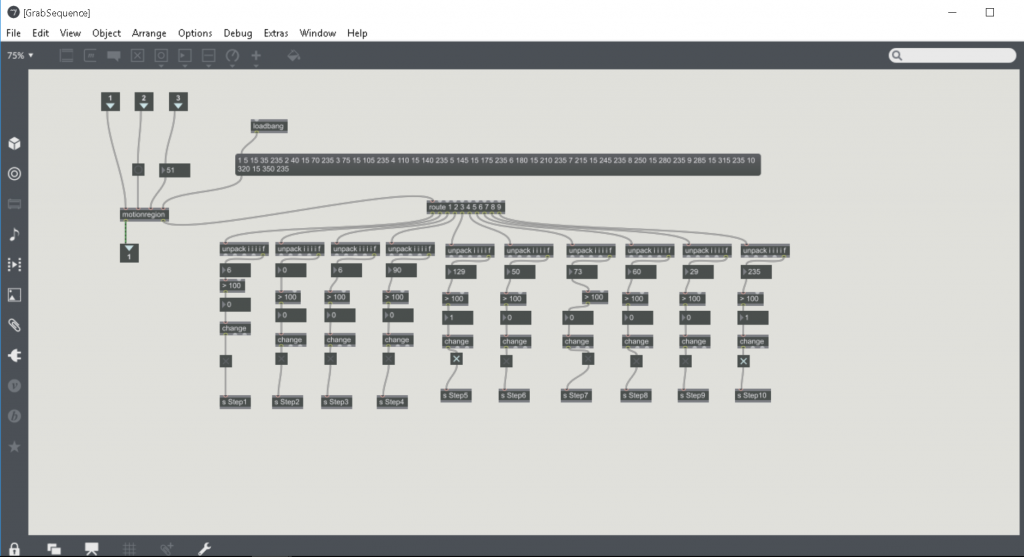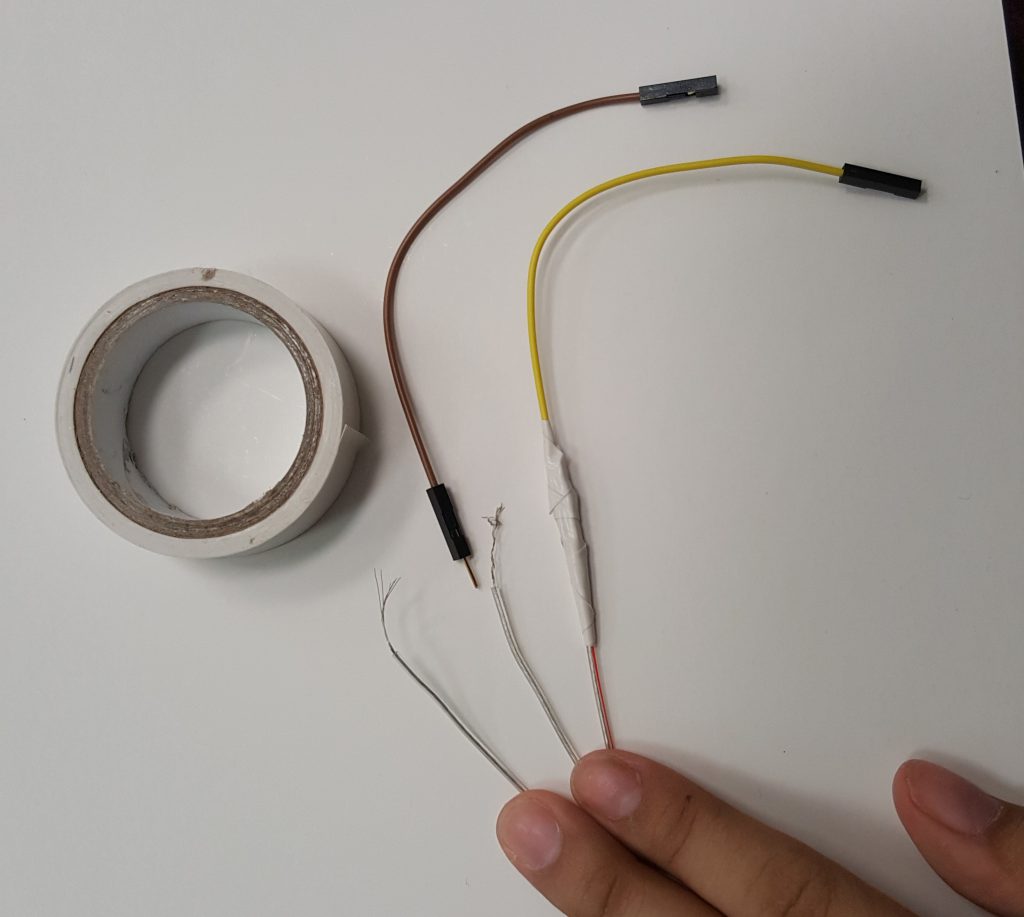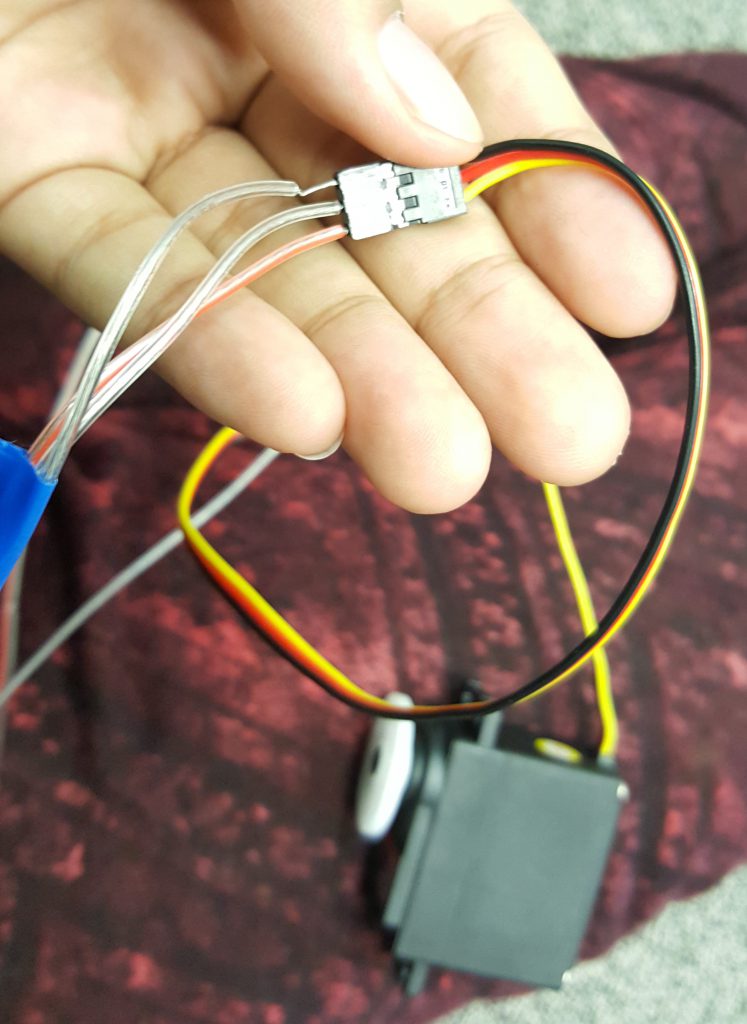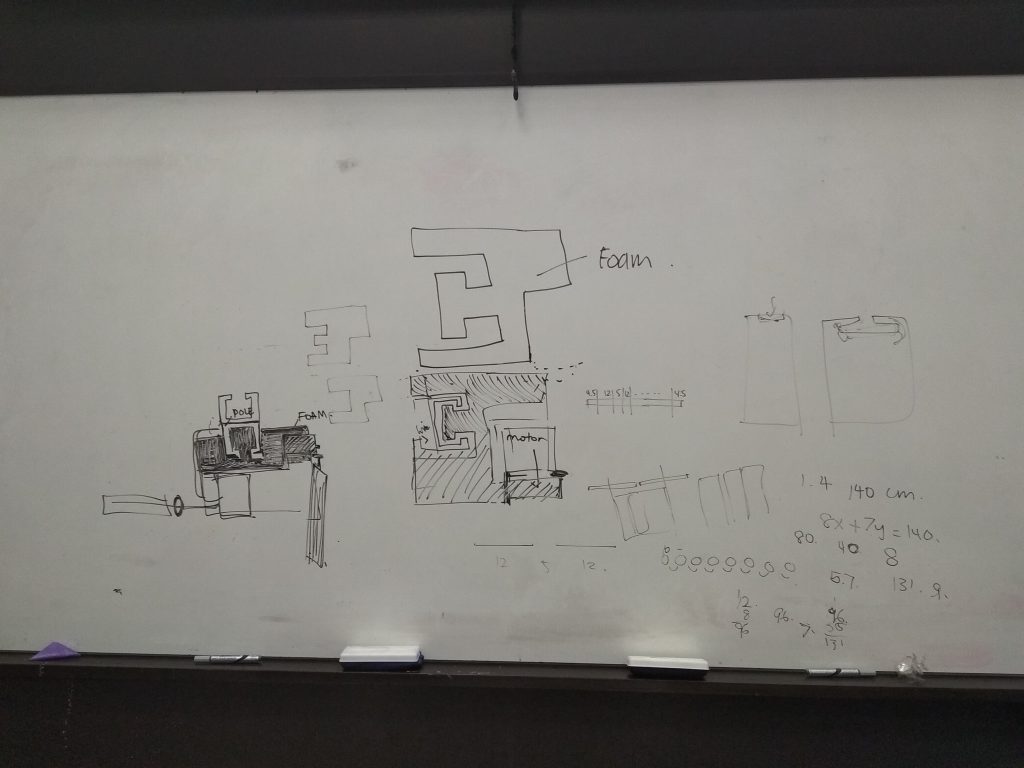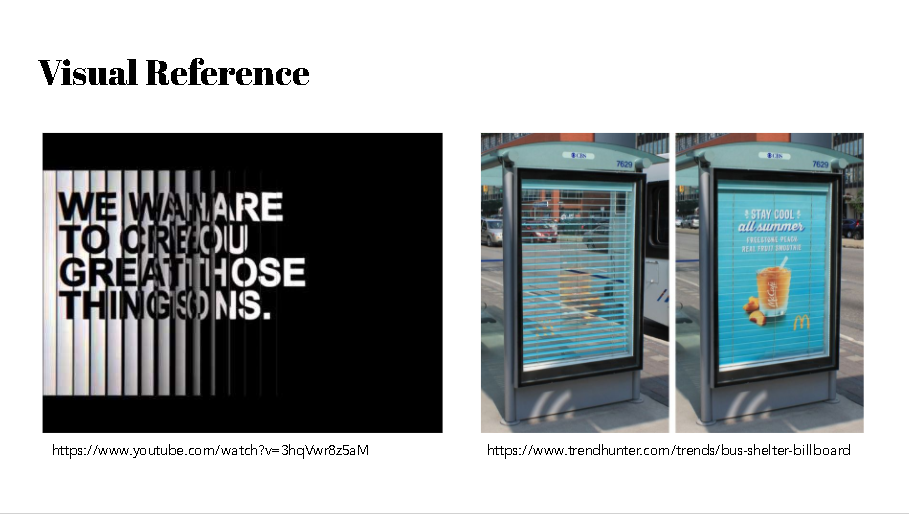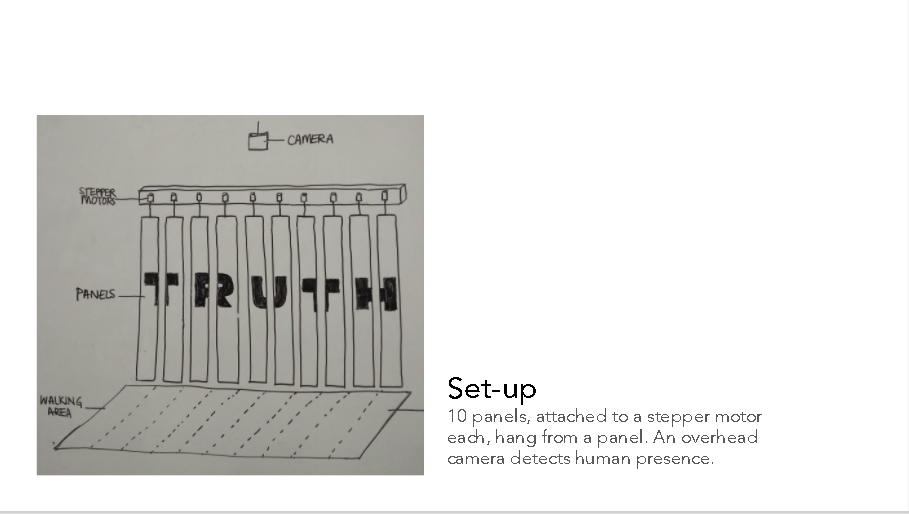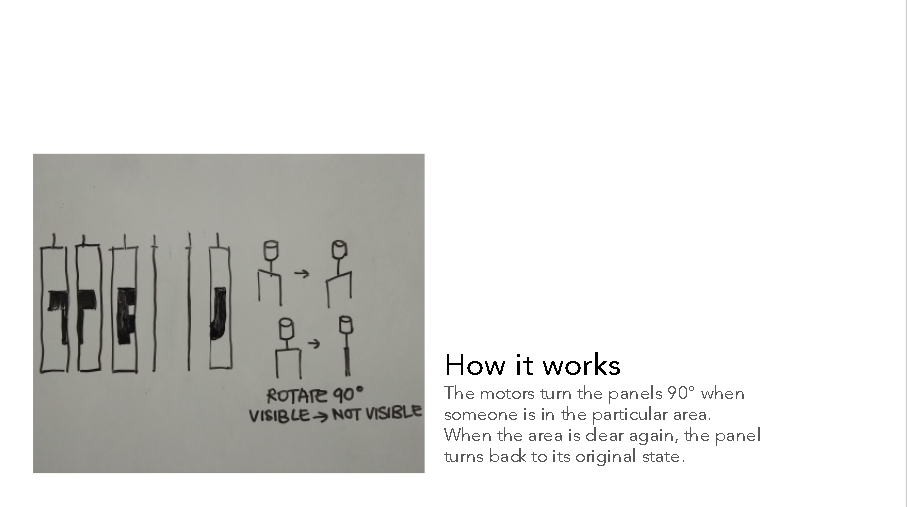After our first prototype, we made several changes for our 2nd prototype.
1.We set up the 8 servo motors with proper linkages in the patch as opposed to the 2 trial ones for the first prototype.
- Instead of the laptop webcam, we have also set up webcam linkage patch for the Logitech webcam so that we can attach it on top of the panels of the installation.
- After much consideration, we have decided to use:
1) Balsa wood sheets for the panels, instead of foam boards.
Rationale: It is significantly lighter than form boards so it would not place stress on the motor and the motor holder hanging at the top of the installation.
Foam Boards: Balsa Sheets:
2) Using acrylic for the motor holder, instead of cut blue foam.
Rationale: Blue cut foam is rather unstable even if it is properly cut. There is a high chance of breaking (which occurred twice during our first prototype) So, we decided to measure the dimensions of the motor, laser cut and assemble a motor box which holds the motor including an opening to slot the box into the metal rod.
Limitation: The balsa wood panels only come with a maximum width of 10 cm, 2 cm shorter than our ideal length.
After doing the template in Adobe Illustrator, we booked a time slot in the print centre to laser cut the boxes.
We test cut one box, and were good to go.
3) Changing the design of the installation:
In our first prototype, our design included 8 flat panels of foam with the word TRUTH eventually spread out throughout the 8 panels.
Upon trigger, the panels would turn 90 degrees and the audience would be left looking at the thin side of the panel when they are in front of it. This would give the illusion of the panels “disappearing”.
However, after much thought, we have changed the design into triangular shaped panels where 2 balsa wood sheets are attached together at an apex.
FOAM: TRIANGULAR PANELS:
Rationale: Instead of the direct approach of turning a single plane 90 degrees to play around with the visibility of the word which may be rather flat, adding another panel with another word could possibly add more interaction to our installation, where people may get curious about the 2nd word and walk around to catch a glimpse of it.
[follow up the explanation for the word choice will be in the final post]

